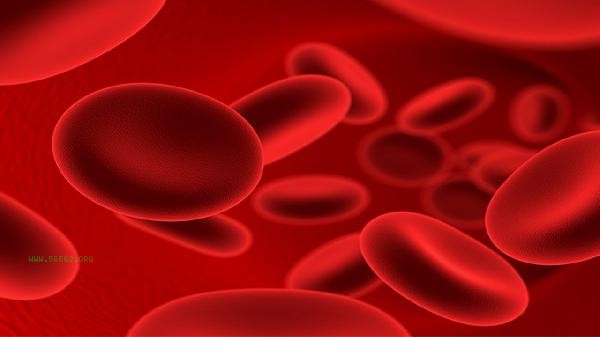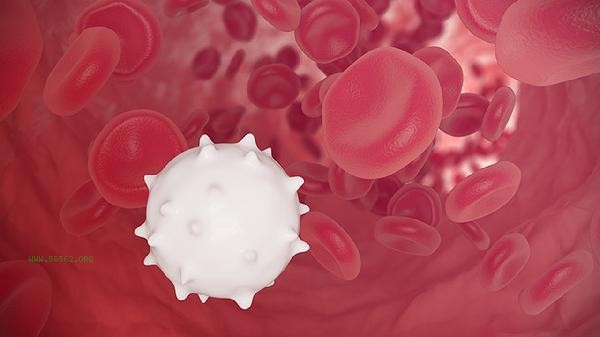Excessive red blood cell count may lead to diseases such as polycythemia vera, secondary polycythemia, and high altitude polycythemia, mainly related to abnormal bone marrow proliferation, chronic hypoxia, kidney disease, and other factors. Long term high red blood cell count can lead to increased blood viscosity and increased risk of thrombosis.

1. Polycythemia vera:
is a myeloproliferative disorder characterized by abnormal proliferation of the bone marrow, leading to an increase in red blood cells, white blood cells, and platelets simultaneously. Patients may experience symptoms such as headache, dizziness, and skin itching, which can progress to bone marrow fibrosis or acute leukemia in severe cases. Diagnosis requires a combination of bone marrow aspiration and JAK2 gene testing, while treatment includes bloodletting therapy and medication control such as hydroxyurea.
2. Secondary erythrocytosis:
is caused by increased secretion of erythropoietin stimulated by chronic hypoxia, and is commonly seen in chronic obstructive pulmonary disease, congenital heart disease, sleep apnea syndrome, and other diseases. These patients usually have primary symptoms such as difficulty breathing and cyanosis, and treatment requires oxygen therapy or surgical correction for the primary disease.
3. High altitude polycythemia:

People who live in areas above 2500 meters above sea level for a long time are prone to develop compensatory polycythemia due to a decrease in atmospheric oxygen partial pressure. Typical manifestations include facial flushing, conjunctival congestion, finger numbness, and in severe cases, high altitude hypertension or heart disease may occur. The most effective treatment method is to relocate to low altitude areas, and if necessary, bloodletting therapy can be used.
4. Kidney disease related:
Kidney cysts, renal artery stenosis, and other kidney diseases may secrete erythropoietin abnormally, leading to an increase in red blood cells. These patients often have symptoms of kidney damage such as elevated blood pressure and proteinuria, and require clear diagnosis through kidney ultrasound, CT, and other examinations. The focus of treatment is to control the primary kidney disease.
5. Increased blood viscosity: When the hematocrit exceeds 55%, the blood viscosity significantly increases, increasing the risk of cardiovascular and cerebrovascular accidents. Patients may experience microcirculatory disorders such as blurred vision and numbness in limbs, which can lead to cerebral infarction, myocardial infarction, or deep vein thrombosis in severe cases. Preventive measures include adequate drinking water, moderate exercise, and necessary anticoagulant therapy. People with high red blood cell count should maintain a daily water intake of at least 2000 milliliters to avoid dehydration and worsening blood viscosity. The diet should be light and the intake of high purine foods should be restricted to prevent gout attacks. It is recommended to engage in 3-5 aerobic exercises such as brisk walking, swimming, etc. per week to promote blood circulation, but it is necessary to avoid intense exercise that can cause dehydration. Smokers should quit smoking, drink alcohol in moderation, and regularly monitor blood routine and hemorheological indicators. When symptoms such as persistent headache and chest tightness occur, seek medical attention promptly, and if necessary, perform bloodletting or medication treatment under the guidance of a doctor.









Comments (0)
Leave a Comment
No comments yet
Be the first to share your thoughts!